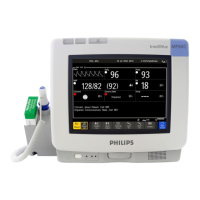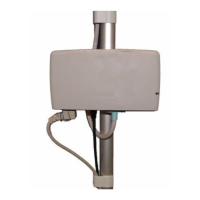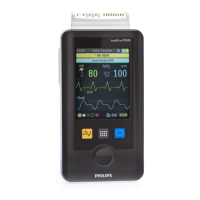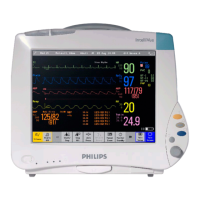Troubleshooting
7-112 Maintenance, Troubleshooting, and Repair
UPS emits a beep very often (more
than once or twice an hour), but
connected equipment operates
normally.
Utility voltage is distorted or branch
circuits are too heavily loaded.
Have the line power checked by an
electrician and corrected if not adequate.
Operate UPS from an outlet on a different
branch fuse or circuit breaker with adequate
power.
Change the transfer voltage of the UPS
using option switches #2 and #3 on the rear
of the UPS (if the equipment will operate
normally for the line power being supplied).
See Figure 2-27 or the UPS User’s
Manual for switch positions for different
transfer voltages.
UPS emits loud tone.
Power I/O switch is on, but
connected equipment is not
powered.
UPS’s rear panel circuit breaker is
tripped (button extended). Normal
utility voltages are known to be
supplied
UPS has shut down due to severe
overload.
Turn off the UPS and unplug excessive
loads. Laser printers will overload the UPS
and should not be connected to the UPS.
When overload is removed, press the button
to reset the circuit breaker.
UPS emits loud tone during utility
failure.
Power I/O switch is on, but
connected equipment is not
powered.
Rear panel circuit breaker is not
tripped
UPS has shut down due to overload. Turn off UPS and unplug excessive loads.
UPS may be turned on when line power is
restored.
UPS does not provide expected run
time. Low battery warning is
sounded prematurely.
Excessive loads connected to UPS. Unplug excessive loads from UPS
Battery is weak due to wear or recent
operation during utility power outage.
Recharge battery by leaving UPS plugged in
for 12 hours without use.
Test control during recharge. If UPS sounds
low battery warning prematurely when
retested, replace battery or UPS.
UPS beeps continuously.
Lamp within I/O power switch is
illuminated.
Line power has not failed.
Circuit breaker is tripped Unplug excessive loads and press button to
reset circuit breaker.
Line cord plug is not properly connected Check line cord plug and engage it properly
UPS does not shut down when RS-
232 HI level is applied to computer
interface port pin 1.
Signal not applied during line power
failure.
UPS responds to this signal only during
utility failures (load is operating from the
UPS’s internal power source).
Signal is not referenced to the UPS
common.
Signal must be referenced to the UPS’s
common at pins 4 or 9.
Low battery warning interval is
shorter than 2 or 5 minutes,
according to rear panel option
switch #4 setting:
down = 2 minutes
up = 5 minutes
Excessive loads connected to UPS Excessive loading may shorten run time to
less than the 2 or 5 minute low battery
warning interval. Remove excessive loads.
Battery capacity low due to wear or
consecutive line power failures
Consecutive line power failures may not
allow time for the battery to recharge,
thereby causing shortened run time.
Recharge as described above.
Table 7-12. Troubleshooting the UPS
Symptom Possible Cause Corrective Action

